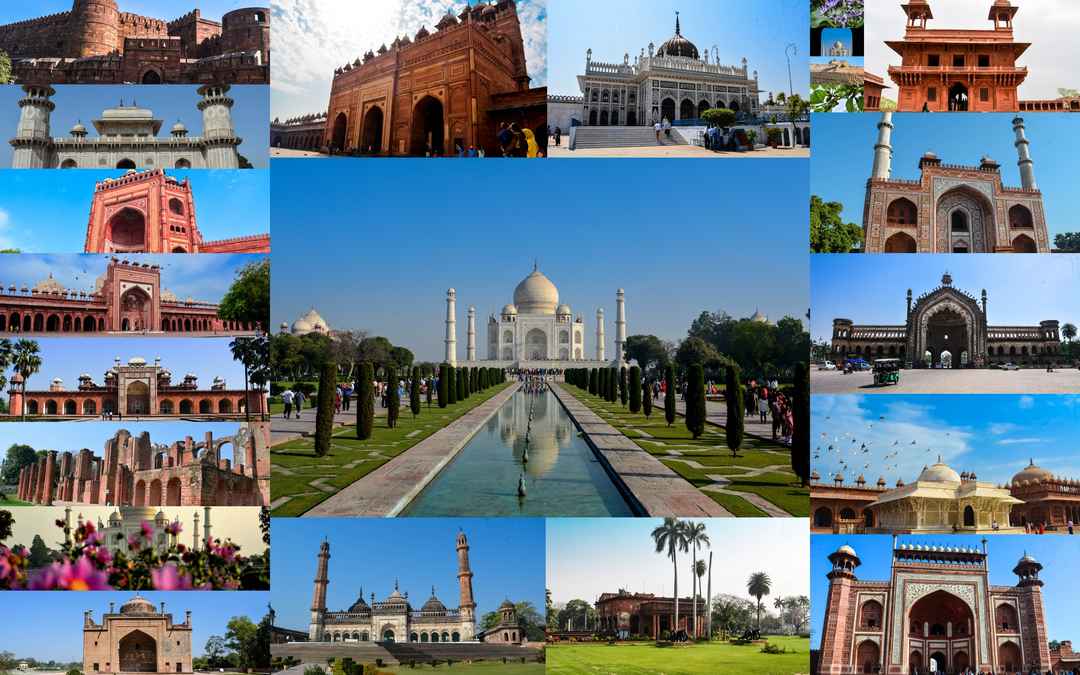Font size:
Print
German Unity Day
Context:
The significance of October 3rd in the context of German reunification lies in its designation as German Unity Day, marking the formal reunification of East and West Germany in 1990.
About:
- This date symbolises the end of a 45-year division that began after World War II, when Germany was split into two separate states: the Federal Republic of Germany (West Germany) and the German Democratic Republic (East Germany).
- The reunification process was not only a pivotal moment for Germany but also a significant event in European history, as it represented a step towards greater integration and stability on the continent.
Background to Reunification:
- The disintegration of the Soviet Union played a crucial role in facilitating the reunification of Germany.
- The liberalising reforms initiated by Soviet leader Mikhail Gorbachev, particularly his policies of glasnost (openness) and perestroika (restructuring), weakened the grip of communist regimes across Eastern Europe, including East Germany.
- The fall of the Berlin Wall on November 9, 1989, was a direct consequence of these reforms and marked a turning point that led to mass protests and calls for democratic governance in East Germany.
- As Eastern European countries began to reject communist rule, East Germany faced immense pressure from its citizens who sought freedom and reunification with the West.
- The influx of East Germans fleeing to West Germany through Hungary and other routes intensified this pressure, leading to a rapid decline in the legitimacy of the East German government.
Key Developments Leading to Reunification:
- Fall of the Berlin Wall: The wall’s fall signified not only the collapse of physical barriers but also ideological ones, allowing East Germans to freely cross into West Berlin.
- Political Shifts: Following the wall’s opening, East Germany held its first free elections in March 1990, resulting in a government that favored rapid reunification with West Germany 34.
- International Negotiations: The reunification process was formalised through negotiations involving both German states and the four Allied powers (the US, UK, France, and the Soviet Union).
- These discussions culminated in the “Two Plus Four Agreement“, which addressed security concerns and allowed for a unified Germany to join NATO.
- Unification Treaty: The Unification Treaty was ratified by both German parliaments in September 1990, officially dissolving East Germany and integrating its territories into West Germany on October 3, 1990 13.


